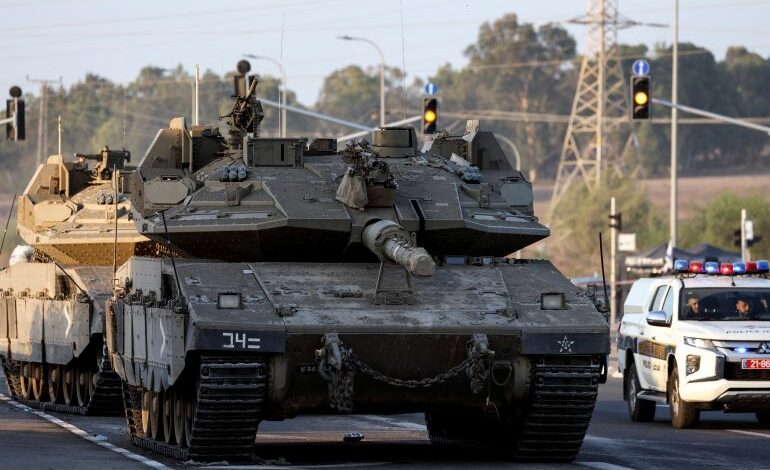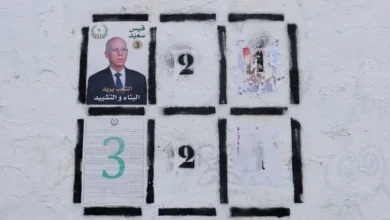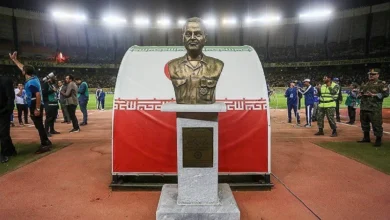How Israel will stage its land incursion into Gaza

Israel is getting ready to attack and Palestinian fighters are preparing to defend Gaza. Both sides are determined and experienced and both have announced that they will ultimately prevail.
Leaving aside for the moment the very important question of what would constitute victory for either of the warring sides, it is pertinent at this point to examine their respective approach to the looming battle.
Every commander tries to make best use of his strengths and enemy’s weaknesses, the Israeli army and Hamas are no different. They know each other from past clashes, and both have extensive combat experience. It is almost certain that both were given access to intelligence and recent experiences by their friends and allies.
Equipment, numbers and determination
What are Israeli forces’ strengths? First and foremost an overwhelming superiority in trained and well-equipped manpower, with half a million currently in uniform and deployed all over Israel and the occupied West Bank.
Palestinian resistance in Gaza can probably only muster 10,000 fighters with proper training and weapons suited to the specialised tasks their groups will perform. That could easily grow up to 100,000 volunteers willing to fight but, without proper tactical training and equipment, they will lean heavily on their will and determination.The Israeli army will rely on superiority in quantity and quality of equipment, better and more specialised training, discipline, clearly defined lines of command, combat flexibility and coordination in all sections of the battlefield and tactical surprise by employing new approaches and new weapons.
The horseshoe-shaped airspace on the west, north and east of the Gaza Strip will be brimming with Israeli aircraft. Minutes before forces move in, converted civilian Gulfstream and Super King Air aircraft of the Israeli air force will start blocking communications with electronic counter-measures.
Electronic interference will render mobile phones inoperable, and communications towers will be targeted in the first wave of bombing. Other communications, including land-based internet and telephone lines will be electronically jammed and made unusable.
Coordinated land and sea attacks will follow, coming from multiple directions all at the same time, likely around midnight. This will give attackers six hours of night-vision advantage at a time when most of the Arab world and Europe is asleep and the American continent prepares to wrap up the day.
Land forces will go through the separation wall Israel built around Gaza with ubiquitous armoured bulldozers breaching the barriers, digging up and shoving aside anti-tank and anti-personnel mines that the Palestinian fighters probably laid. They will be flanked by Merkava tanks and dismounted infantry, and followed by infantry companies in armoured personnel carriers. The initial objective will be reaching built-up areas before dawn as the Israelis will want to see daylight from fortified defendable positions when the expected first Hamas counterattacks happen.
Knowing Israeli military thinking, the main objective of the first night of invasion would probably be to surround Gaza City and cut it off from the south of the Strip, to prevent the resupply of Palestinian fighters. The terrain lends itself to this possibility, with the area south of Gaza City being mostly farms, with no major buildings.
To achieve that, the Israeli forces would attack westwards from Israel from the direction of the ANZAC Monument and use a classic military pincer tactic to ensure success.
On the opposite side of forces moving from the desert across Gaza Strip, Israel might, in a tactical and operational innovation, use naval infantry landing on the beaches and deploying over them into the empty fields.










